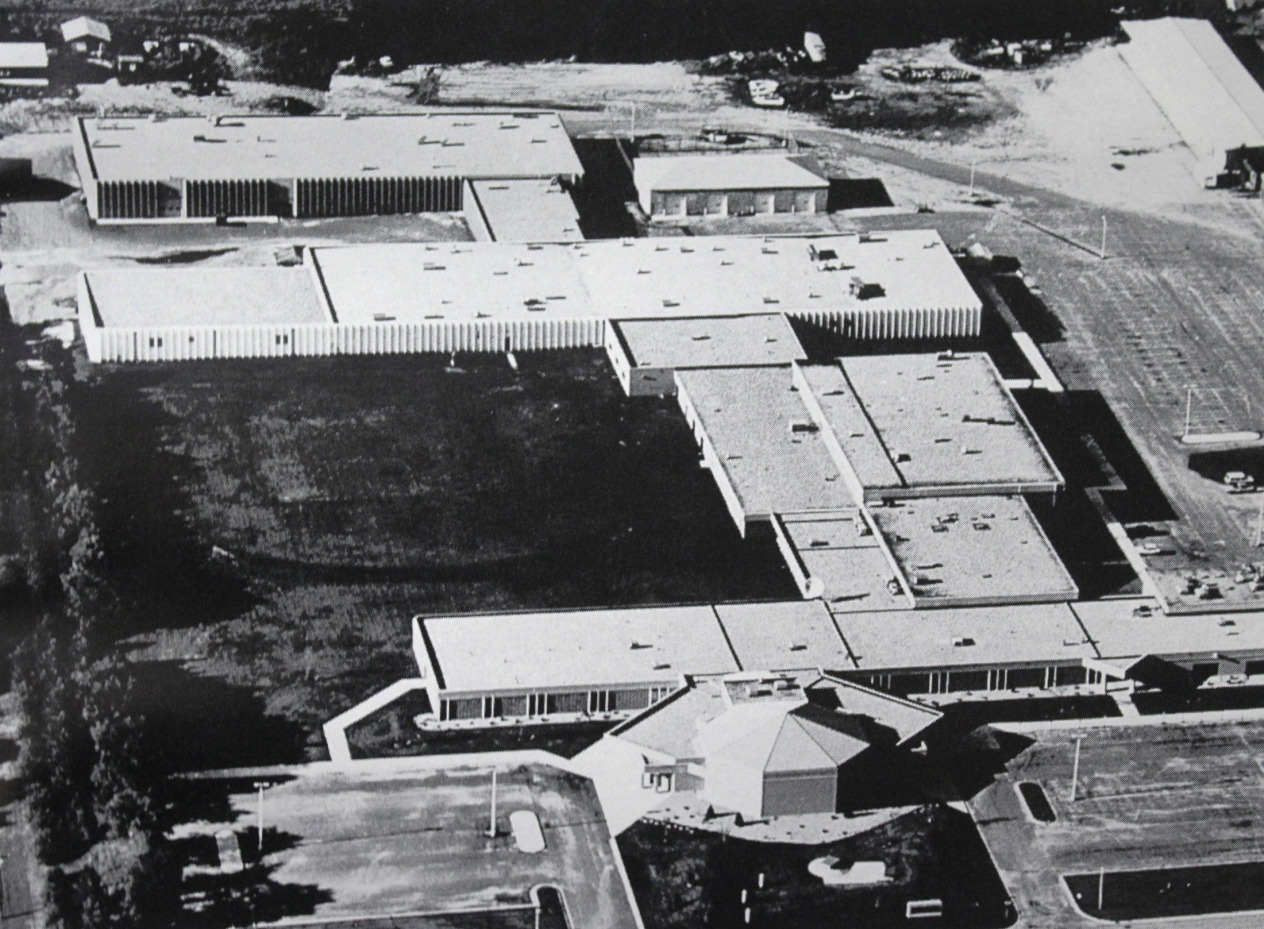Title
RADT1133 - Principles of Radiobiology
API ID
Credits
4 (4/0/0)
Description
This course is designed to establish a basic knowledge of atomic structure and terminology and provide an overview of the principles of radiation protection and interaction with living systems. Also presented are the nature and characteristics of radiation (i.e., its effects on molecules, cells, tissues and the body as a whole, x-ray production and the fundamentals of photon interactions with matter). Radiation health and safety requirements of federal and state regulatory agencies, accreditation agencies, health care organizations and the responsibilities of the radiographer for patients, personnel and the public are also incorporated. Factors affecting biological response are presented, including acute and chronic effects of radiation.
Competencies
- Identify cells and cellular components of the human body.
- Summarize the functions of cells and their cellular components.
- Differentiate the various types of ionizing radiations.
- Explain radiosensitivity of cells and their components.
- Explain the ways in which radiation can interact with the cells of the human body.
- Explain cellular responses to ionizing radiation.
- Explain the fundamental principles of radiobiology.
- Summarize the effects of ionizing radiation on the various cells of the human body.
- Outline the cardinal principles and concepts of health physics.
- Explain the methods of radiation protection for patients and occupational workers.
- Identify units, detection and measurement methods used in radiation protection.
- Describe the characteristics of x-rays.
- Describe the basics of x-ray production.
Degrees that use this course
Degrees that use this course
Degree:
Associate of Applied Science (AAS)
Location:
Detroit Lakes Campus
Credits:
79
